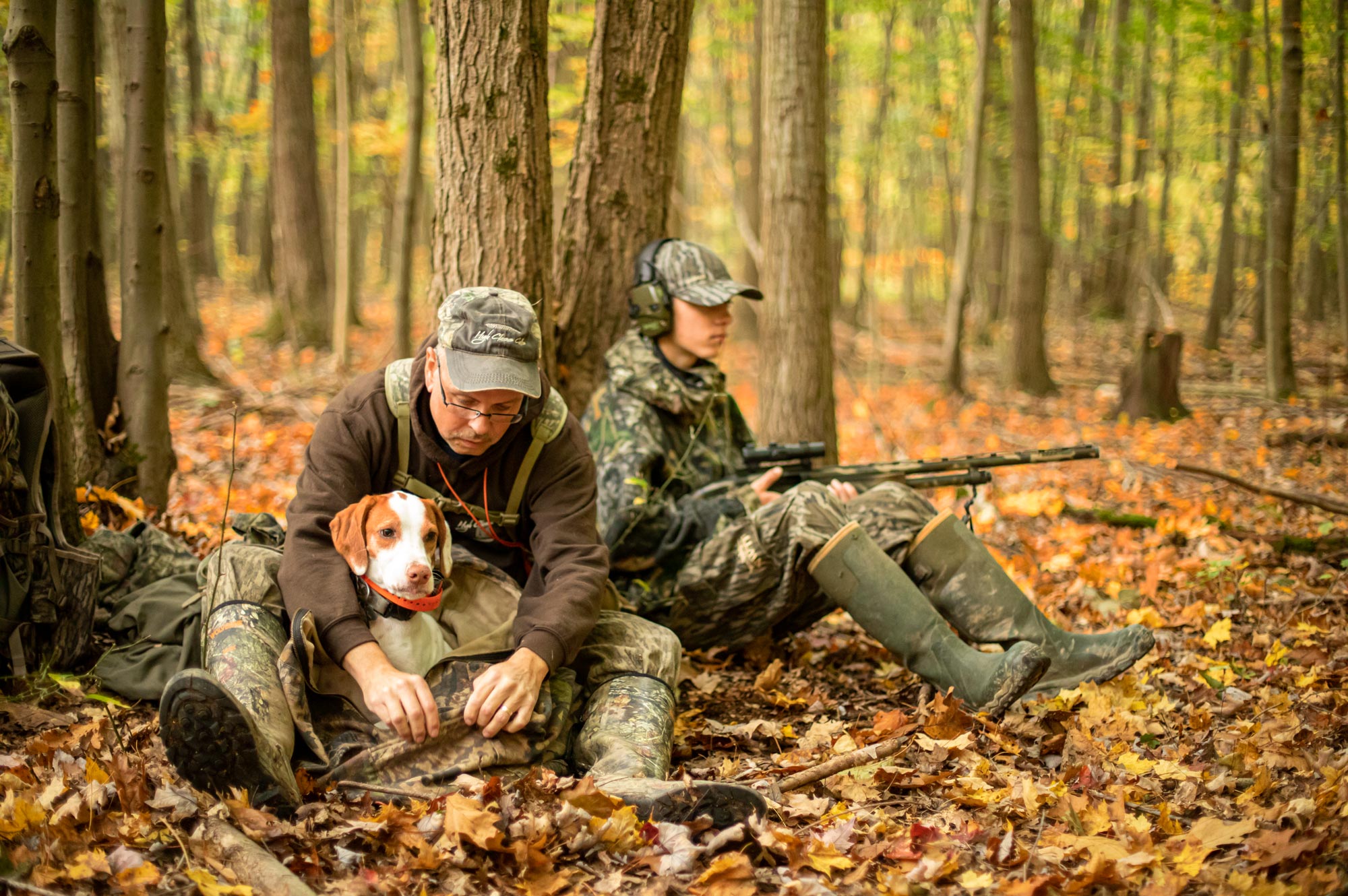7 Fall Turkey Hunting Myths
Give fall turkey hunting a try and debunk these seven myths for yourself.
Myth 1: You can’t call fall longbeards.
Not unless you try. Fall longbeard hunters know a post-scatter wait can take time. The birds can come back gobbling, yelping and even strutting after a flock break. Sometimes it happens quickly, often it takes longer if at all. Be persistent.
Myth 2: Spring turkey hunting is traditional.
Actually fall and winter turkey hunting has a longer tradition. Many fall hunters switched to spring turkey hunting, and an influx of new turkey hunters only took to spring season. The truth is fall and spring hunting are now traditions — one older, one trending, depending on when you started turkey hunting.
Myth 3: Fall turkeys are too easy.
Some turkeys are, while others aren’t — just like spring gobblers. Autumn turkeys can sometimes be easy once found, but locating flocks isn’t always a sealed deal. You may find fresh turkey scratching, tracks, droppings and dusting areas, but never locate birds.
Myth 4: Fall gobblers don’t strut or gobble.
Fall turkeys roost-gobble, ground-gobble and gobble after an intentional flock break as they regroup during your effort to call them back. Fall gobblers strut too.
Myth 5: Fall turkey hunters just kill young birds or adult hens.
Don’t want to kill a young turkey or adult broodless hen? Don’t. Set your sights on a longbeard or super jake. To some, taking a fall tom is the ultimate experience. It’s up to you to choose which legal bird you pursue.
Myth 6: Hunting autumn turkeys with dogs is unfair.
Dogs are as fair as any other hunting tool. Sure, turkey dogs find and flush turkey flocks better than we do — but then you have to hide them for the call-back session. That’s the great equalizer. Dogs are like hunters. Some are good, some are works-in-progress. Using turkey dogs effectively is usually done best by a serious fall turkey hunter.
Myth 7: You can’t call a fall (or spring turkey) back after a shot.
Fall turkey hunters routinely scatter fall flocks to try to call separated birds back to the gun — even after a kill shot. If a member of your team takes a bird, don’t be afraid to hunt the remainder of the day. You are still just as likely to harvest a bird.
CONNECT WITH US
National Wild Turkey Federation
770 Augusta Road, Edgefield, SC 29824
(800) 843-6983
National Wild Turkey Federation. All rights reserved.
